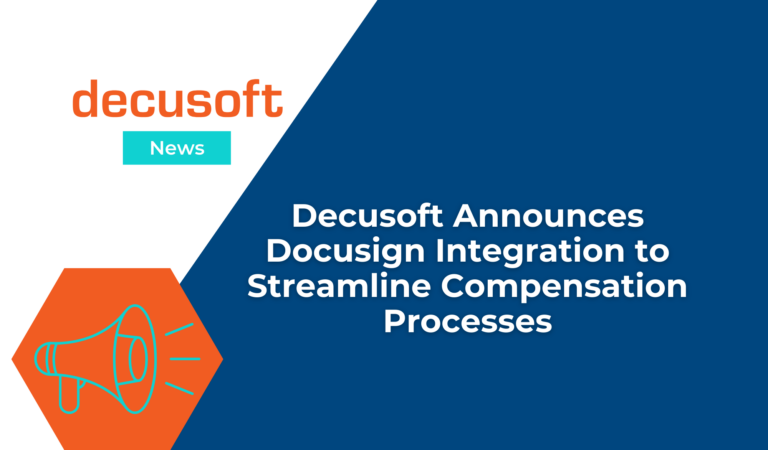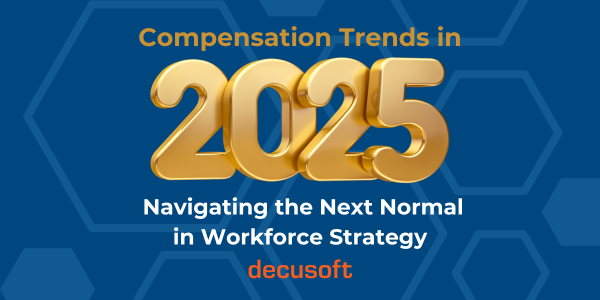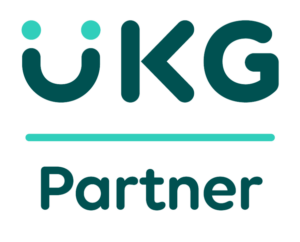Today, several factors affect enterprise compensation plans. The alignment of pay and performance should be your first focus as an enterprise compensation manager. In enterprise compensation, the incentives for actual performance and outcomes are strongly weighted.
Enterprise Compensation Management
Enterprise compensation management is simply the process of administration, optimization, and organization of compensation for large organizations.
Protocols for compensation management and review should be created and overseen directly by compensation managers. Managers should be aware of the compliance requirements and compensation trends in their industry. Read on to learn more about the best practices for enterprise compensation management.
What Is Executive Compensation for Enterprise?
An executive compensation package, often known as a “total compensation plan,” consists of all aspects of a company’s pay structure, including earnings, salaries, benefits, and total payment conditions. Employee pay plans include fringe perks, incentives, and employer-provided vendor discounts, among other benefits.
There are hundreds of elements and numerous performance indicators to consider when creating a strong CEO compensation plan. With a well-designed pay structure, your firm will be able to attract top people and better incentivize them. A strong compensation system might be the difference between a company’s long-term success and a string of disappointments and below-average results.
Enterprise Compensation Benefits
Compensation norms and structures have changed in recent years. Enterprise compensation for executives is made up primarily of salary, incentive pay, perquisites, and other fringe benefits. The majority of today’s incentives are designed to promote executives’ well-being and productivity.
This can include:
- Flexible time off
- Flexible working hours
- Stock options/equity
- Fully covered healthcare
- Matching 401k
- Other retirement plans
- Maternity and paternity leave
- Transit reimbursement
- Work from home
- Unlimited PTO
- Child care reimbursement
- Learning seminars
- Wellness benefits
- Student loan reimbursement
- Education reimbursement
- Profit-sharing
What Tools Are Commonly Used for Enterprise Compensation Management?
To plan and track total compensation, the majority of enterprise companies utilize one of three solutions:
- Spreadsheets
- Best-of-breed software for compensation management
- Ad hoc solutions
The complexity of enterprise-level compensation processes was not designed for Microsoft Excel. Spreadsheets hinder a company’s capacity to conduct in-depth analyses. They’re also prone to errors and need a lot of manual labor to set up and maintain. According to Ventana Research, 34% of businesses identify significant data mistakes in their most critical spreadsheet. Another 18% stated they see serious mistakes in their excel formulas spreadsheets. Salary payments were found to be incorrect in 38% of the research participants’ cases. However, just around a quarter of those who took part in the survey conducted checks to look for spreadsheet calculation mistakes.
A University of Hawaii study found that a whopping 88% of Excel spreadsheets contained some type of error. Almost 40% of those surveyed in this study found errors in employee paychecks. What is most alarming is the security risk, as email is an unprotected communication method. If your employees email sensitive materials to one another, a hacker a world away can access it with a phishing scheme.
Long-Term Incentives
A long-term incentive plan (LTIP) is a business incentive program designed to encourage workers to take activities that will increase shareholder value and secure the company’s long-term success. In a typical LTIP, the employee, who is usually a senior executive, must fulfill a set of criteria or specifications in order to be eligible for the incentive at the conclusion of the performance period. This bonus is provided in addition to the executive’s base compensation and is frequently in the form of cash. Discretionary incentive programs for employees are implemented by both private and publicly listed organizations based on a set of performance indicators.
Team Incentive Programs
Team incentives can improve corporate efficiency by ensuring that all teams are working toward the same goals. Team incentives are determined by measurable operational indicators and are evaluated on a regular basis, whether on a short or long-term basis.
Team incentives may help your organization’s goals become more personal. Team incentives frequently result in increased efficiency measures that propel the business ahead while also promoting collaboration and communication in the workplace.
Individual Incentive Programs
Individual incentives are meant to pay individuals based on their performance against predefined standards, as the name indicates. The basic objective of this sort of bonus system is to motivate top performers to keep doing well while also motivating other employees to follow in their footsteps and get incentives. When high-performing employees are paid for their efforts, individual pay programs provide them a sense of personal success. Individual employees who are rewarded through this sort of compensation system are given incentives based on their performance, thus those who have yet to earn the bonus are at a disadvantage.
Total Rewards
A total rewards plan is a management technique that compensates employees with monetary perks, non-monetary perks, and developmental rewards for accomplishing specific company goals. Within a motivating work environment, compensation and incentives are paired with possibilities for professional growth.
Merit Pay
In certain companies, merit pay, also known as pay-for-performance, increases base pay or base salary depending on the employer’s criteria. This usually includes the CEO conducting an annual meeting with the employee to discuss the individual’s work performance over time. Employee or individual performance is used to determine merit raises.
The amount of a merit raise given to an employee should be based on measures established by the company and by market incentive rates. When it comes to merit raises, performance management is an essential component of the compensation plan.
Allocation
The crucial topic of how to distribute salary and other benefits to employees is known as allocation. This is the budget line item for compensation-related expenses such as benefits, salary, 401(k), and bonuses. Employee compensation accounts for the majority of a company’s total labor costs. Your organization can help control common business expenses like healthcare, labor costs, bonuses, and other everyday expenses by establishing a specific allocation budget.
According to a Deloitte analysis, employee benefits can account for up to 70% of an organization’s overall costs. Compensation administration impacts a company’s leaders and administrators, as well as stakeholders and employee engagement. Compensation planning plays a vital role in overall business strategy, company culture, and talent management for top performers, according to human resource experts. If you understand how compensation management affects your business as a whole, you’ll be more successful in selecting the right compensation management system for your company.
What Is a Clawback Provision, and How Does It Work?
Clawback clauses in employment agreements frequently regulate bonus payments. Many bonuses in complex financial instruments are paid out years after the products are created. If an employee’s performance metrics drop, if they resign before a particular date, or if a client churns within a specific time or fails to pay an invoice, the clawback clause forces them to repay a portion of their compensation or stock options.
Enterprise organizations discovered that similar to insurance claims for “Acts of God,” they needed to safeguard their non-performing employee compensation package. The clawback clause has become more effective in risk management as derivatives markets have grown. If the value of an investment drops, an employee is engaged in controversy or is fired for misbehavior; the company can recover a portion of the bonus, including interest.
To be subjected to a clawback, you don’t have to be accused of an offense. Clawbacks are frequently used to increase employee retention, encourage improved financial practices, and prevent bribery, fraud, and accounting errors in incentive payback. According to securities and exchange commission (SEC) guidelines, clawbacks do not apply to pay or benefits such as 401(k) contributions.
In Conclusion
Enterprise compensation can be a tricky subject to master. When designing a robust enterprise compensation plan, there are hundreds of factors to consider and various performance metrics to weigh. A well-designed enterprise compensation plan may mean the difference between a company’s long-term success and underperformance. For more information on compensation, check out our whitepaper about using compensation software to reduce errors while saving time & money.




